Unlock Your Roofing Knowledge: Everything Explained.
Whether you're a homeowner, contractor, or property manager, get clear, accurate, and comprehensive insights for every roofing decision.
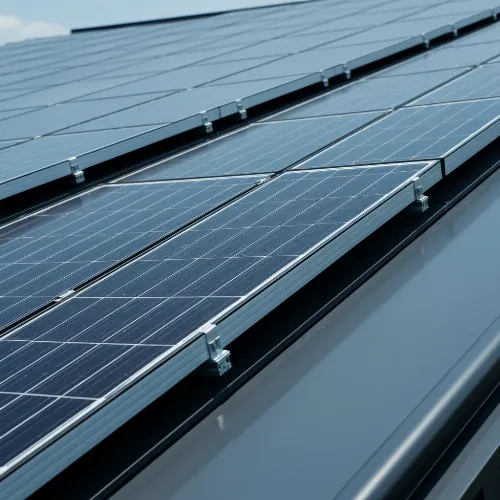
Whether you're a homeowner, contractor, or property manager, get clear, accurate, and comprehensive insights for every roofing decision.

At Roofing Explained, we break down complex roofing concepts into clear, actionable insights for homeowners, contractors, and property managers alike.



At Roofing Explained, we believe that understanding your roof shouldn't be a complex puzzle. Our journey began with a simple yet powerful vision: to empower you with clear, accurate, and comprehensive roofing knowledge.

Hello, I'm Jordan M. Knox, and I founded Roofing Explained with a decade of hands-on experience in the roofing industry. I've seen firsthand how confusing and overwhelming roofing decisions can be for homeowners and contractors alike.
My passion? To simplify these complex concepts, offering practical knowledge and unbiased insights so you can make informed decisions. Whether you're a homeowner planning a replacement or a contractor seeking the latest techniques, I'm here to help you navigate every shingle, seam, and solution.
At Roofing Explained, our core purpose is to empower you with the knowledge you need. We are committed to providing clear, accurate, and comprehensive information that reflects the highest industry standards. Our guiding values—integrity, education, and innovation—ensure you're always equipped with the most up-to-date insights.
From a vision to bridge knowledge gaps, Roofing Explained has grown into a trusted educational hub. Here's a look at our milestones and the impact we're making.
Jordan M. Knox begins his journey in the roofing industry, gaining extensive hands-on experience and identifying the need for clear, accessible information.
Frustrated by the lack of clear resources, Jordan launches Roofing Explained as an online platform dedicated to demystifying roofing for all.
Our content library grows significantly, covering commercial roofing, advanced materials, and comprehensive tool reviews, reaching thousands of users monthly.
We continue to be a leading resource, consistently updating our insights and empowering millions to make confident roofing decisions, adapting to new technologies and regulations.
Articles Published
Satisfied Readers Monthly
Years of Industry Experience
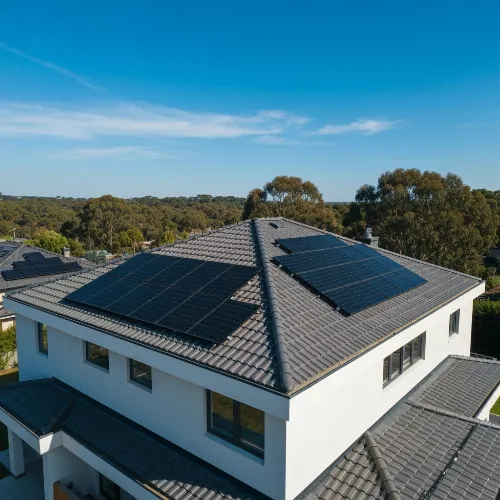
Comprehensive guides for homeowners on roof maintenance, replacement options, and material comparisons. Learn how to protect your most valuable asset.
Explore Guides
In-depth analysis of commercial roofing regulations, advanced systems, and cost-effective solutions for property managers and contractors.
View Insights
Stay updated on the latest roofing materials, sustainable practices, and technological advancements shaping the future of the industry.
Discover InnovationsStay updated with our latest insights, tips, and industry expertise
Fetching latest blog posts...
This should only take a moment

Discover the numbers that reflect our commitment to empowering homeowners and contractors with essential roofing knowledge.
Satisfied Users
Articles & Guides
Years of Expertise
Positive Feedback
Roofing Explained offers a wealth of information on residential and commercial roofing, including maintenance tips, replacement guides, material comparisons, and expert interviews. We aim to demystify complex roofing topics for homeowners, contractors, and property managers alike. Looking for a detailed guide on roof maintenance? Check out our blog!
We recommend inspecting your roof at least twice a year, ideally in the spring and fall, and after any major weather event. Regular checks can help you catch minor issues before they become costly repairs. What should you look for? Things like missing shingles, debris in gutters, and wear around vents. 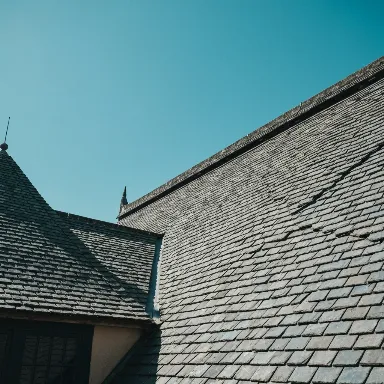
Several factors impact roof replacement costs, including the size and pitch of your roof, the type of material chosen (asphalt, metal, tile), labor costs, and the extent of any necessary repairs to the underlying structure. Getting multiple estimates is key to understanding the full scope. We have a detailed article on budgeting for roof replacements in our Cost Guides section.
Absolutely! Many homeowners are opting for sustainable roofing solutions. Options include recycled content shingles, metal roofs (known for longevity and recyclability), and 'cool roofs' designed to reflect sunlight and reduce energy consumption. Green roofs, while more complex, also offer significant environmental benefits. 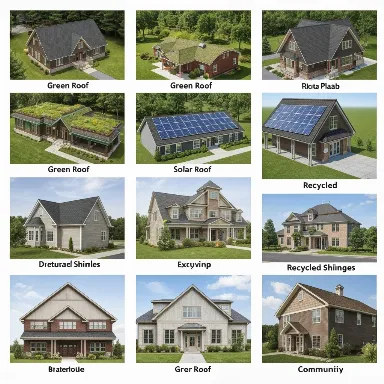
Extreme weather conditions, such as heavy rain, hail, strong winds, and intense UV exposure, can significantly reduce your roof's lifespan. Materials like asphalt shingles can crack or become brittle, while high winds can lift and tear off shingles. Choosing the right material for your local climate is crucial. Our Climate & Roofing section provides region-specific advice.
Watch out for several red flags: missing or cracked shingles, granules in your gutters, a sagging roof deck, water stains on your interior ceilings, and moss or algae growth. If your roof is over 20-25 years old, it's also a good idea to have it professionally inspected. Early detection can prevent more severe damage. 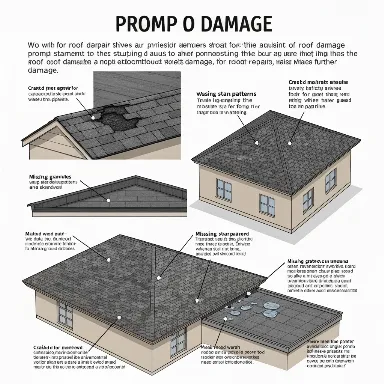
Choosing the right contractor is vital. Look for licensed and insured professionals, check their references and online reviews, and always get multiple bids in writing. A good contractor will provide a detailed contract outlining the scope of work, materials, and warranty information. We offer tips on finding a reliable contractor on our About page.
A new roof typically comes with two types of warranties: a manufacturer's warranty on the materials (often 20-50 years, sometimes prorated) and a contractor's warranty on the workmanship (usually 5-10 years). Always clarify the terms and conditions of both before signing a contract. Understanding your warranty ensures peace of mind for years to come.
While minor tasks like cleaning gutters or replacing a single shingle might be DIY-friendly for some, most roof repairs carry significant risks and require specialized skills. For anything beyond very basic maintenance, we highly recommend hiring a professional. Safety is paramount, and improper repairs can lead to further damage or void warranties. 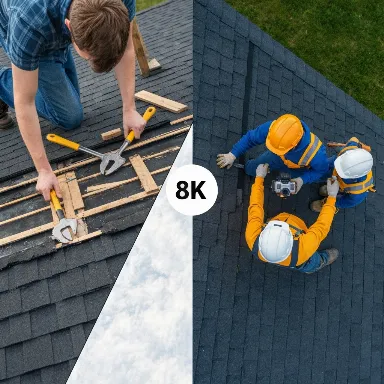
The main differences lie in scale, materials, and structural requirements. Residential roofs are typically sloped, using materials like shingles or tiles, while commercial roofs are often flat or low-slope, utilizing materials such as TPO, EPDM, or modified bitumen. Commercial projects also involve more complex building codes and regulations. Roofing Explained covers both extensively, offering tailored advice for each type. For more insights, visit our Residential vs. Commercial Roofing Guide.

Whether you're a homeowner, contractor, or property manager, Roofing Explained is your trusted guide to making informed decisions. Don't leave your roofing projects to chance.
What Our Community Says
Hear directly from homeowners, contractors, and property managers who trust Roofing Explained for their knowledge needs.